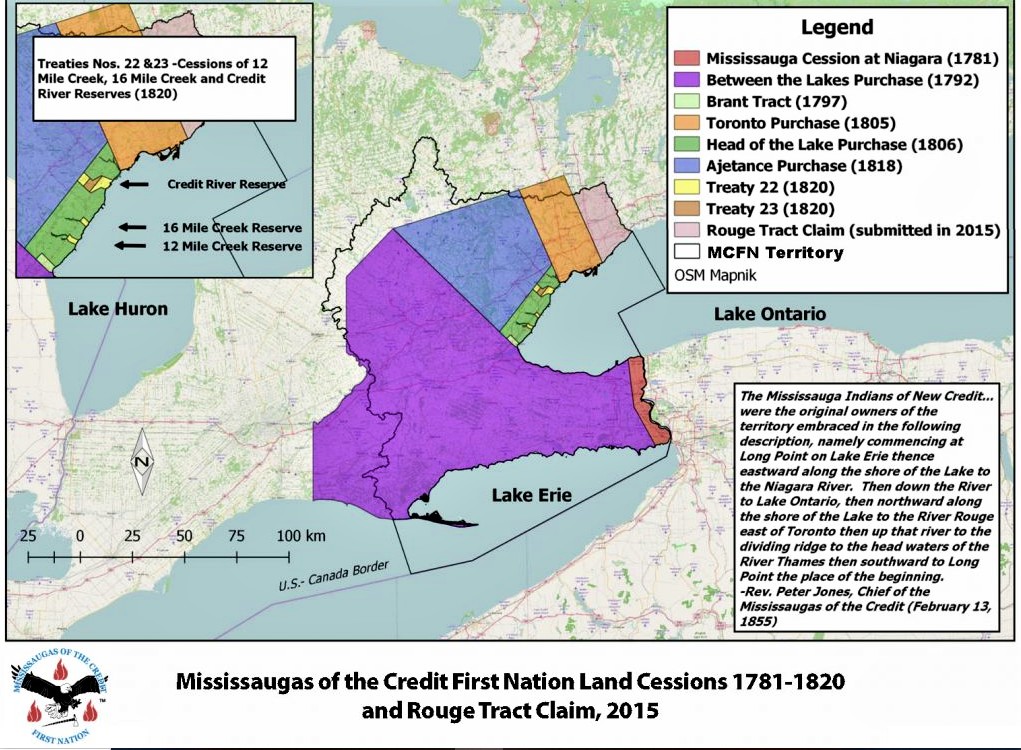
Failing All Our Relations: Ontario’s planning process shirks meaningful Indigenous engagement
This op-ed was originally published April 11, 2021.
The meaning of “duty” is clear: an obligation, something that must be done.
A slew of policy documents, court decisions and legislation spell out the duty, at all levels of government, to consult with Indigenous Peoples on any development that affects their “interests.”
Although there is jurisdictional complexity, our obligations for meaningful engagement are clear. One need only look to current news for illumination on how Indigenous Peoples define their interests: land, waters, humans and non-humans – “all our relations” matter.
As four settler women and land-based practitioners working closely with land, waters and alongside Indigenous Peoples, we have lost faith in our government’s claims towards reconciliation.
The failure of government decision-makers and their agents to act on their responsibilities to consider and respond fairly to Indigenous interests is blatant, and land use controversies in Ontario provide the most recent proof.
From a Metrolinx transit expansion that will damage an environmentally sensitive ravine wetland complex at Small’s Creek, Toronto, to a Minister’s Zoning Order (MZO) that will destroy the Duffins Creek, provincially significant wetland in Pickering, to an amendment being sought to the Official Plan in Prince Edward County so its remote, wild South Shore can be opened to development.
The problem is only growing: The recent increase of MZOs to circumvent citizen engagement and local planning processes is expediting the Province’s denial of First Nations’ rights and interests.
In Peel Region, the current planning process for the 413 Highway (known as the GTA West Highway) has seen the government push for an expedited environmental assessment and approval process so the massive project can be started earlier. There has been no indication of how this rushed approach will ensure First Nations are properly engaged, and all obligations under existing agreements will be met.

A map showing all the lands subject to treaties or claims under legal obligations to the Mississaugas of the Credit First Nation. These obligations are routinely ignored in Ontario's planning and land-use process.
The planning profession is also complicit in this neglect, as planners manage Official Plans and amendments, environmental assessment projects, and all studies for which Indigenous interests are required components, and, crucially, planners make decisions about the level and means of engagement.
Registered professional planners are required by codes of conduct to provide opportunities for meaningful participation, yet Indigenous engagement is routinely failed through minimal effort and a lack of understanding of Indigenous Traditional Territories and treaties. Far from due diligence, what passes for “consultation” often amounts to a generic FYI letter sent to the nearest First Nations communities late in the planning process, with no follow up, no invitation to meet, no dialogue, or worse, a barrage of documents and technical studies without context.
Other professions must also reflect deeply on how they contribute to this problem, and begin to consider new ways forward (e.g. Engineers Canada’s new Indigenous engagement guidelines initiative).
Governments are also delegating responsibilities for Indigenous engagement to their archaeology departments or to private archaeology consultants trained in settler-colonial history, but not necessarily in Indigenous knowledge. First Nations’ interests are often relegated to fragments of the past such as pottery, and to ancestral bones. Local governments in particular continue to rely on an antiquated and racist regulation to “give notice” to First Nations only within a kilometre of a proposed development.
In southern Ontario, most proposed developments are on private lands, thus this baseline effectively eliminates all First Nations from being notified of, let alone included in, these planning decisions. It also ignores long cultural histories of First Nations, many of whom have centuries of lived history throughout southern Ontario, and whose interests in virtually any project are rendered irrelevant under this interpretation.
Clearly, under Truth and Reconciliation, our obligations for meaningful, respectful engagement carry with them a need for nuanced understandings of colonial histories, past and ongoing traumas, and the complex distinctions among and between First Nations with treaty-rights, Inuit, and Métis, and their relationships to place, land and waters (waters which were never covered by treaties and remain unceded).
The failure to provide meaningful, respectful engagement of Indigenous Peoples in land-based planning makes it clear that there is an urgent need for reform. With Ontario’s Bill 76, the principles of the United Nations Declaration of the Rights of Indigenous Peoples (UNDRIP) will be adopted in provincial laws, mandating engagement beyond “consultation” to include good faith in cooperation, and free, prior and informed consent by Indigenous peoples in any decision that affects their interests.
Indigenous engagement requires an investment in long-term relationship-building, early involvement in planning, and it must be guided by shared knowledge and a respectful co-created engagement framework. As development sprawls farther into Traditional Territories, these changes are urgently needed, for “All Our Relations,” past, present and future.
Sheila Boudreau is a Registered Professional Planner, Landscape Architect, and an instructor at Ryerson and U of T.
Nina-Marie Lister is graduate program director and associate professor in the School of Urban and Regional Planning at Ryerson.
Lorraine Johnson is a writer with a focus on land-based practices.
Andrea Kirkwood, PhD, is an associate professor of biological science at Ontario Tech.
Submit a correction about this story


